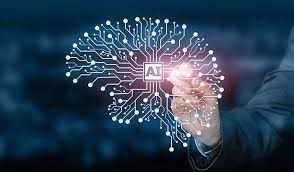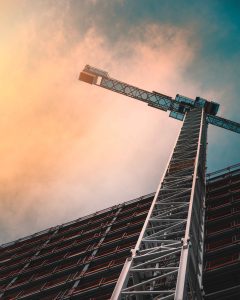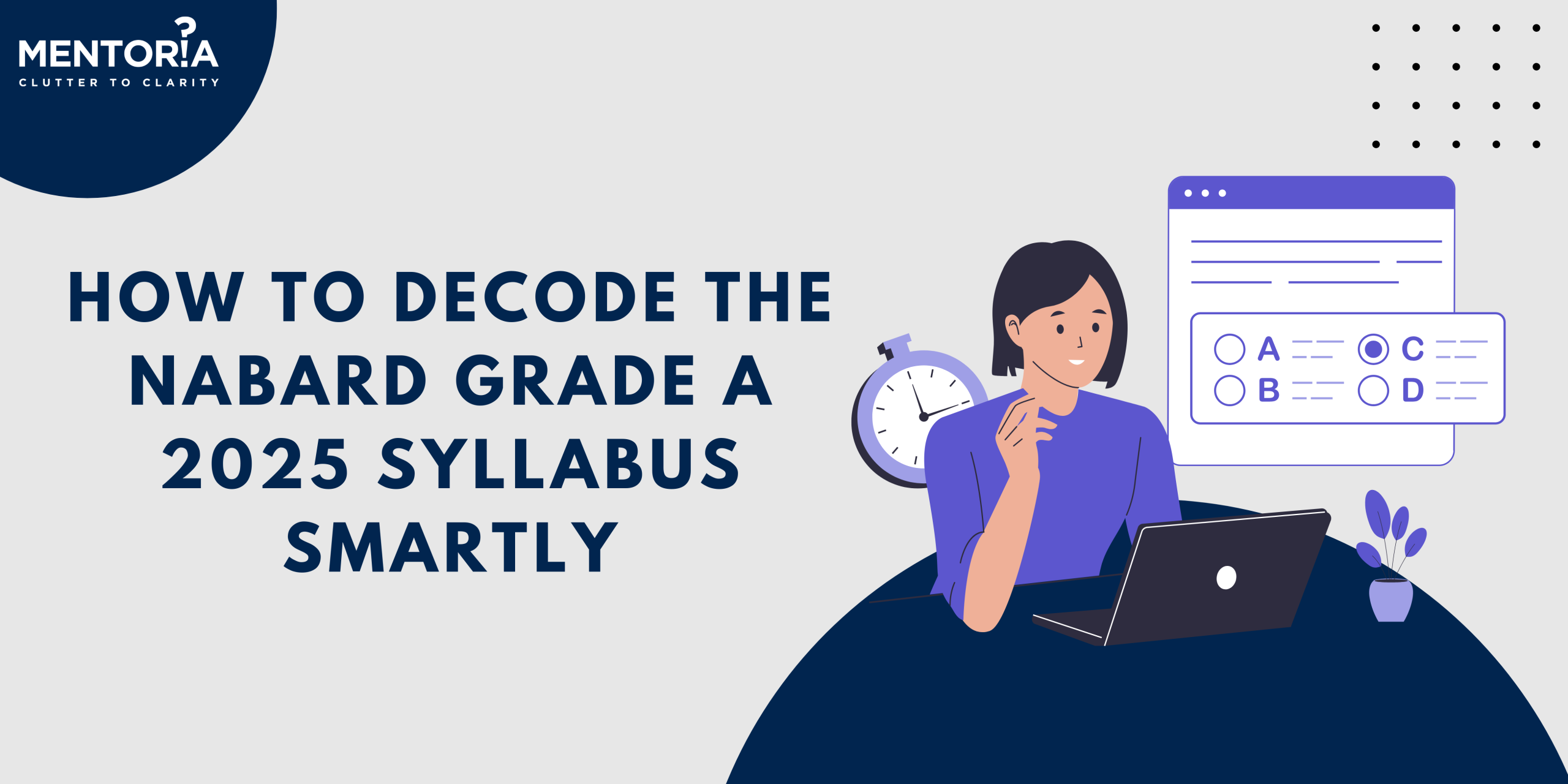Designing The Future: Exploring The Role Of AI In Architecture

Attention, architecture enthusiasts! Brace yourselves for a game-changing revelation in our beloved industry. Say hello to the rising star: Artificial Intelligence (AI)! Gone are the days when AI was confined to the realms of science fiction. Today, it has infiltrated the architecture world, sparking a revolution that is transforming the very foundations of our design and construction processes.
So, what is AI in architecture, you ask? Simply put, it’s the use of intelligent software and machines to assist architects in various tasks such as designing, modelling, and even construction. It’s like having a digital assistant who can help you with all the tedious work, leaving you with more time to focus on the creative side of things. And who doesn’t love a little extra help, am I right? But what are some specific ways AI is being used in architecture? Let’s dive in!
Design
AI has transformed the design process for architects. With the use of intelligent software, architects can now create complex designs and models in less time than it would take manually. The software can also analyse existing designs and suggest improvements, enabling architects to create better designs faster.
Moreover, AI can help architects in understanding the historical significance of a building or site, which can influence design decisions. It can analyse data such as the building’s history, style, and materials used in the past. This can provide valuable insights into the context of the project and help architects make informed decisions.
Sustainability
Sustainability has become a major focus in architecture. AI is helping architects to design more sustainable buildings by analysing data on energy usage, materials, and environmental impact. AI algorithms can determine the best materials to use based on their environmental impact and energy efficiency. This can result in buildings that are more eco-friendly and cost-effective in the long run.
Furthermore, AI can also predict the performance of a building before construction, analysing factors such as daylight, temperature, and ventilation. This can help architects to design buildings that are energy efficient and sustainable.
Construction
AI is being used in construction to automate and streamline the process. For example, robots can be used to lay bricks, increasing efficiency and accuracy. 3D printing technology is also being used to print entire structures, reducing the time and cost required for construction. Moreover, AI can help reduce errors during construction by analysing data in real-time. By monitoring the construction process, AI can detect issues such as deviations from the design plan and structural errors, alerting architects to take corrective action.
Maintenance
After a building is constructed, it still requires maintenance to ensure it continues to function properly. AI is being used to monitor buildings and predict when maintenance is required. By analysing data such as energy usage, occupancy levels, and weather patterns, AI algorithms can predict when maintenance is required, enabling architects to take preventive action before an issue arises.
AI can also help in identifying areas where maintenance is required by analysing data such as temperature, humidity, and light levels. This can enable architects to address issues before they become major problems, reducing maintenance costs and improving the performance of the building.
Accessibility
AI can also play a role in making buildings more accessible. For instance, by analysing the movement patterns of people with disabilities, AI can help architects design buildings that are more accessible to them. AI-powered software can also be used to simulate how different design choices may affect accessibility, allowing architects to make more informed decisions. AI can revolutionise accessibility in architecture by analysing the movement patterns and needs of individuals with disabilities. This valuable data empowers architects to design buildings that are truly inclusive and accommodating, ensuring equal access and freedom of movement for everyone.
Safety
Safety is of utmost importance in architecture, and AI can help to ensure it. By analysing data on safety hazards and simulating emergency scenarios, AI can help architects design buildings that are safer for occupants. Additionally, during the construction process, AI can be used to monitor safety compliance and identify potential safety hazards before they become a problem. Furthermore, AI-powered surveillance systems can enhance safety in buildings by detecting and alerting authorities to potential security threats or unusual activities, thus enhancing the overall safety and security measures in architectural spaces.
Cost Control
Cost control is a crucial consideration in any construction project, and AI can help architects and builders to stay within budget. By analysing data on materials, labour, and construction techniques, AI can identify areas where costs can be cut without sacrificing quality. This can lead to cost savings and more efficient use of resources. Additionally, AI can also assist in real-time monitoring and tracking of expenses, allowing project managers to make informed decisions and adjust budgets as needed to ensure cost control throughout the construction process.
Personalising Building Experiences
Finally, AI can be used to personalise buildings to the needs and preferences of their occupants. For instance, by analysing data on how people use different spaces in a building, AI can suggest changes to improve functionality and comfort. AI can also be used to personalise lighting, temperature, and other building systems to the preferences of individual occupants, making for a more pleasant and productive living or working environment. Furthermore, AI can adapt building layouts and designs based on user feedback and behaviour, optimising space utilisation and creating tailored environments that cater to specific needs. With AI-powered personalization, buildings can truly become living entities, constantly evolving and adapting to meet the unique requirements of their occupants.
Elevate Your Architecture Game With Mentoria
But what does this mean for the future of architecture? With the help of AI, architects will have more time and resources to focus on the creative aspects of design. It also means that buildings will become more sustainable, cost-effective, and efficient. And who knows, maybe one day we’ll even have AI-designed buildings that are so advanced they can adapt to our every need! So, if you’re an architect or just interested in the industry, it’s time to embrace the future and all the exciting possibilities that AI has to offer. And if you need any help along the way, remember that Mentoria is here to guide you.









